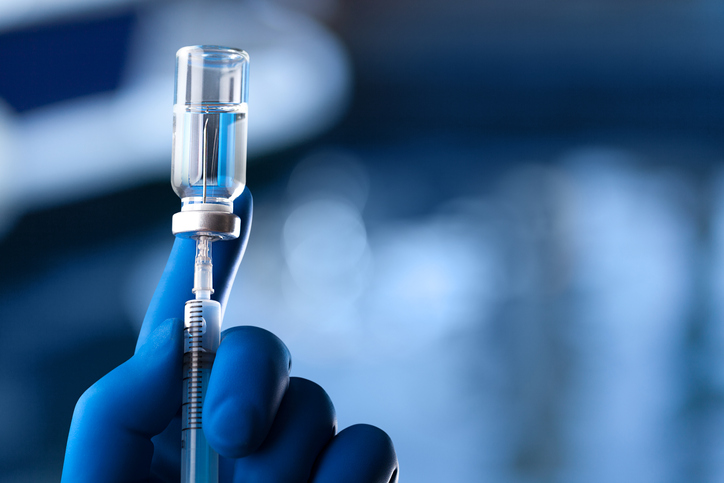Should you bike after getting the COVID vaccine?
Book your appointment, get your injection and plan your rides accordingly

As of 9:11 a.m. on Tuesday, May 17, 18,994,066 COVID-19 vaccination doses have been administered in Canada. The number of Canadians finally getting their first jab has rapidly increased and many are preparing to get their first dose in the coming days.
If you’re a cyclist, you’re probably excited to get your injections so you can get back to riding with groups and watching or participating in events. You’re probably also thinking about how you will (or won’t) change your cycling plans when it’s your turn to get the first and second dose. Here’s what you can expect in terms of side effects and how that should play into your riding schedule.
Leading up to your appointment
The good news is, you don’t need to change your training plans in the days before you get your first or second dose. According to Dr. Joshua Posen, M.D., M.P.H., who is an infectious disease fellow at the University of Toronto, “there is no need to adjust the intensity of exercise leading up to the appointment.”
The day of the vaccination
After getting their vaccine, Dr. Posen recommends cyclists take it easy for the rest of the day. “The expected (and necessary) inflammatory response of the immune system starts within two to four hours after vaccination,” he says. “It’s hard to predict how it might make someone feel.”
Though some people have no symptoms at all, others develop quite significant symptoms such as fever, chills, fatigue, muscle aches, or headaches, among others. Symptoms are a sign that your body is working with the vaccine to help you develop immunity to the virus.
“These symptoms could be worsened by high-intensity exercise,” says Dr. Posen. Because you can’t be sure if and when you’ll develop any side effects after the vaccination, he says it’s best to keep your plans small and local: “It wouldn’t be a great idea to be out on a long bike ride and start feeling like you can’t finish it.”
For those prone to bruising, Dr. Posen also suggests avoiding too much activity. “Exercise after (any) vaccination can cause or worsen bruising at the injection site,” he says. One of the most frequently reported side effects of the vaccination is pain at the injection site—a bit of a sore arm the day of the vaccination or the day after. While arms don’t power a bike, cyclists do hold themselves up on the handlebars, and any amount of climbing (should) cause you to engage your arm muscles—at least a little.
“For the day after vaccination I’d say just listen to your body,” says Dr. Posen. “If you feel fine, then go for it, but I wouldn’t push yourself or make any big plans.”
First versus second dose
Dr. Posen recommends taking the same precautions after the second dose. Even if you didn’t experience any symptoms after getting your first vaccination, it’s possible (and even more likely), that you’ll have some side effects from the second dose. “Symptoms are usually worse after the second dose because the inflammatory response is higher than after the first dose,” he says.
If you have any concerns or questions about the vaccine, the best person to ask is your family doctor.
For more information on how, when and where to get your vaccination, and what to expect when you go, visit Canada.ca.

